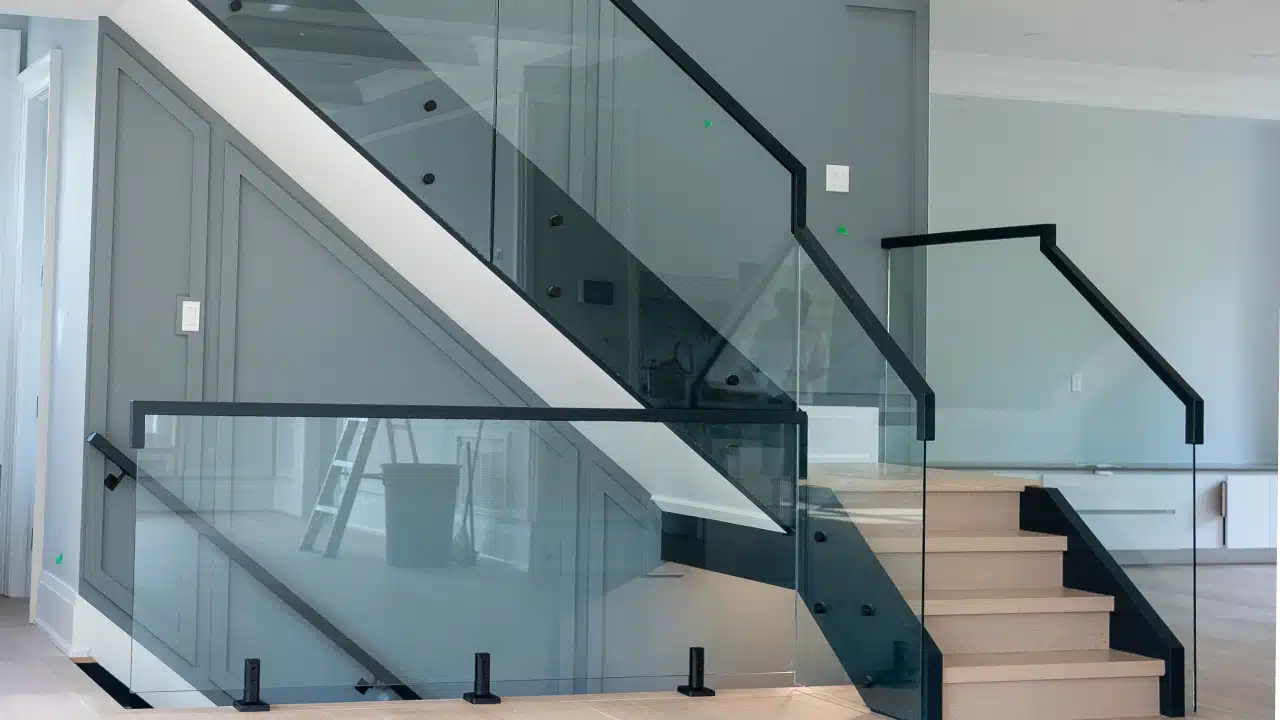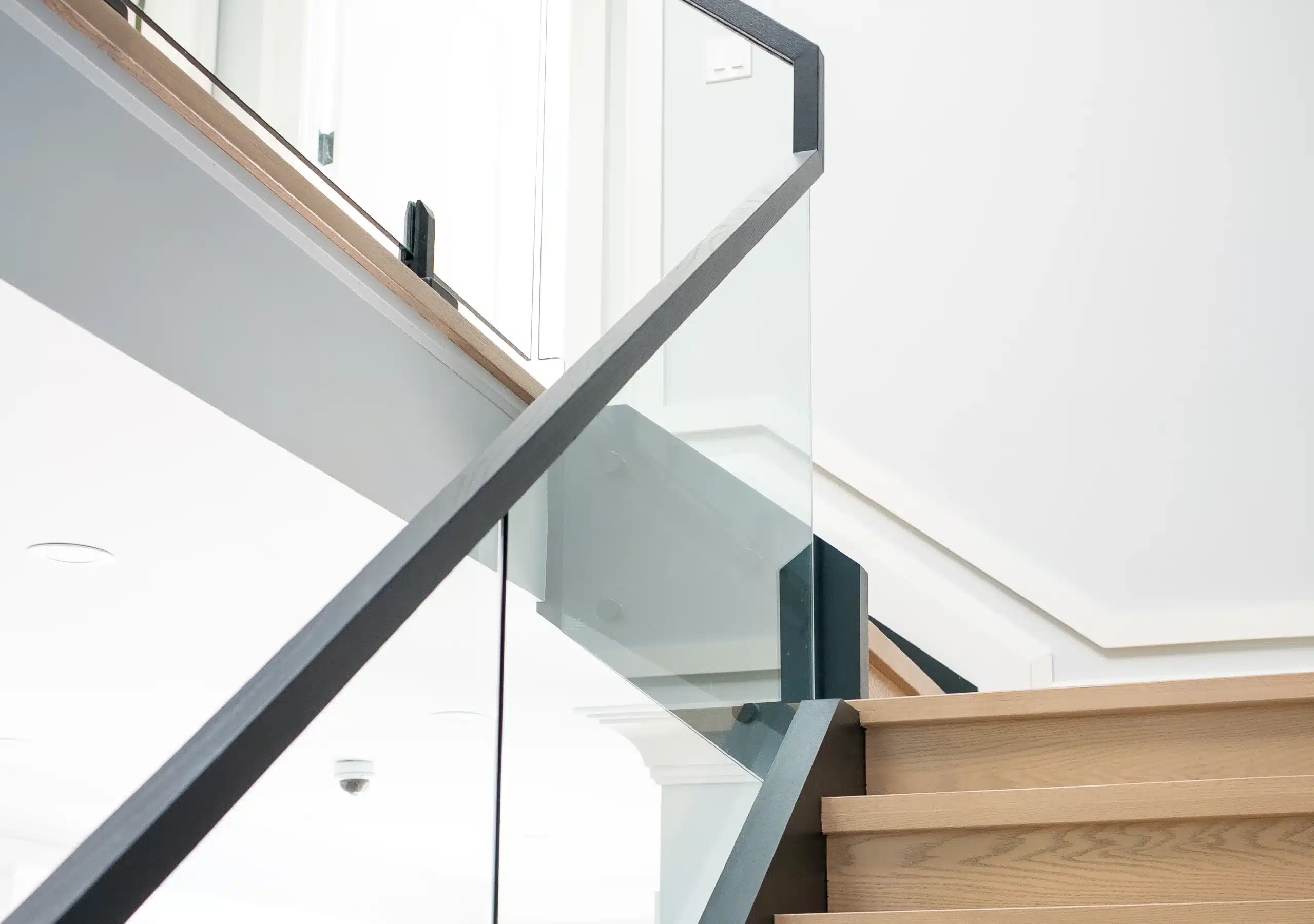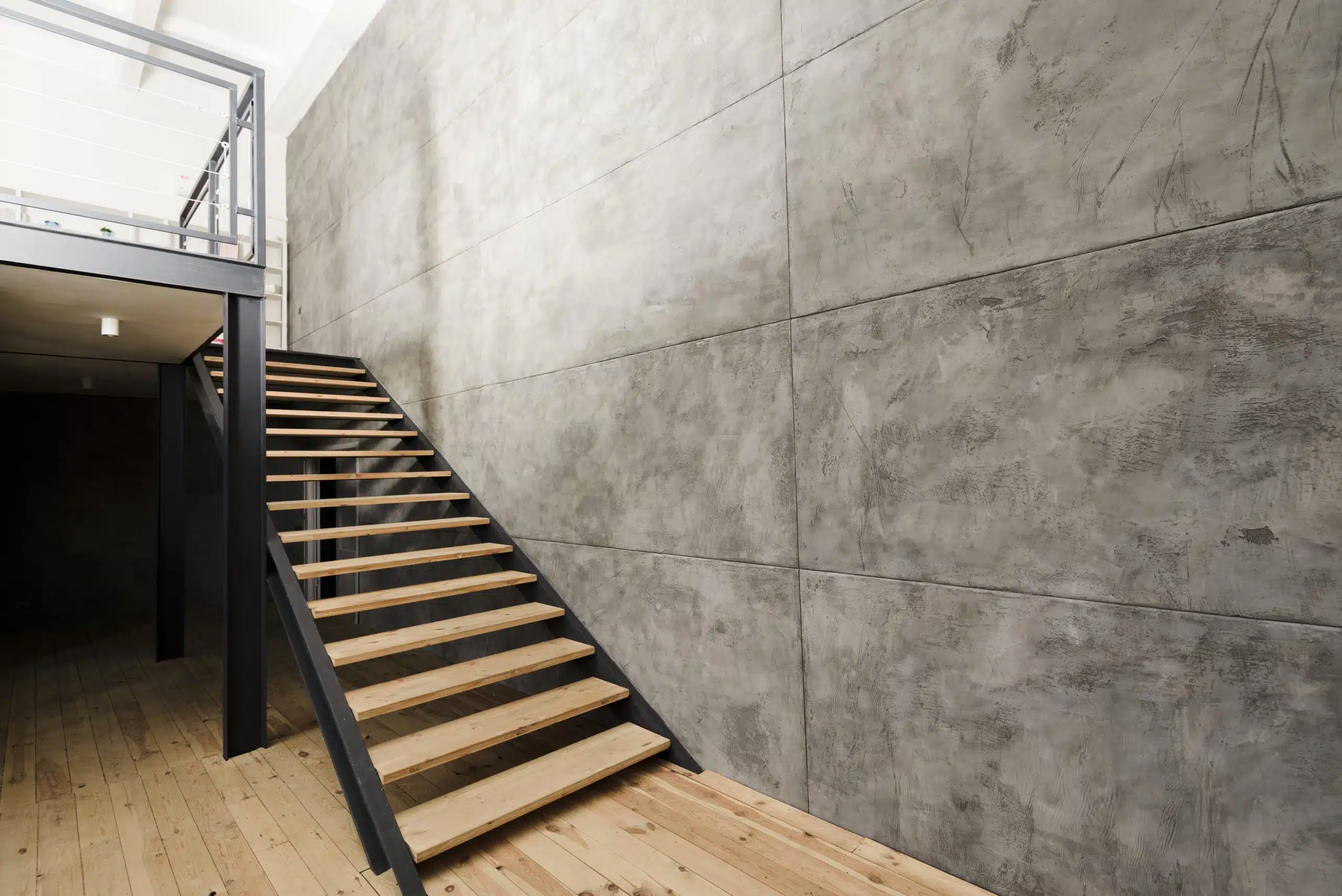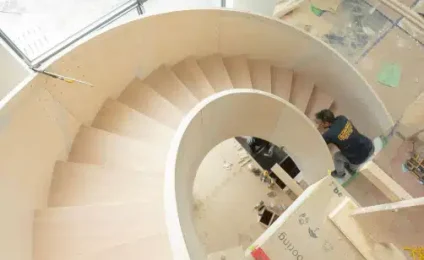Wooden stairs add a timeless charm to any home, but without proper care, they can lose their shine, durability, and structural integrity over time. From dust buildup and scratches to moisture damage and fading finishes, wooden stairs require regular maintenance to stay in top condition.
In this guide, we’ll cover step-by-step cleaning methods, protection techniques, and long-term care tips to keep Protect Wooden Stairs looking beautiful and damage-free for years to come.
Why Protect Wooden Stairs is Important?
Preserving the Aesthetic Appeal
Wood is a natural material that reacts to its environment. Regular maintenance helps:
- Prevent dullness and discoloration
- Maintain a polished and refined look
- Keep the wood grain vibrant and smooth
Preventing Structural Damage
Without proper care, wooden stairs can develop:
- Warping or cracking due to humidity changes
- Scratches and dents from high foot traffic
- Loose treads and creaky stairs from neglect
Extending the Lifespan of Your Stairs
Routine cleaning and preventative measures can extend the life of your stairs and reduce costly repairs, this is why Protect Wooden Stairs is Important.
Daily & Weekly Cleaning Routine for Protect Wooden Stairs
Daily Dusting
Dust and debris can cause micro-scratches on the wood surface. To prevent this:
- Use a microfiber cloth or soft-bristle brush for dust removal
- Consider a dust mop for quicker results
- Avoid using rough or abrasive brooms
Weekly Deep Cleaning
What You’ll Need:
- Microfiber cloth or soft mop
- Wood-safe cleaner (or DIY mix of warm water + mild dish soap)
- Avoid harsh chemicals like vinegar, ammonia, or bleach, which can strip the finish
Step-by-Step Cleaning:
- Vacuum the stairs using a soft brush attachment to remove fine dust.
- Dampen a microfiber cloth with your wood-safe cleaner. Do not soak the cloth—excess moisture can damage the wood.
- Wipe each stair tread and riser, ensuring even coverage.
- Immediately dry the surface with a clean, dry cloth.
🚫 What to Avoid?
- Wet mops that can oversaturate the wood
- Steam cleaners, as they introduce too much moisture
- Strong detergents that can break down wood finishes
How to Prevent Scratches and Damage on Wooden Stairs?
Use Stair Runners or Mats
Placing stair runners or carpet strips helps absorb impact and protect against scuffs. Choose:
✔️ Non-slip rubber-backed runners for safety
✔️ Soft, woven fabric that won’t trap dirt
Establish a No-Shoe Policy
🚫 High heels, boots, and rough-soled shoes can dent or scratch wooden stairs. Encourage barefoot or sock use indoors.
Apply Felt Pads on Furniture
If your stairs lead to a landing area, apply felt pads under chairs and tables to prevent accidental scuffs and to Protect Wooden Stairs.
Protect Wooden Stairs from Moisture Damage
Control Indoor Humidity
Wood expands and contracts with humidity changes. Maintain levels at 40-50% to prevent:
- Warping or cracking
- Loose stair treads
- Weakening of wood joints
Best Practices:
✔️ Use a humidifier in winter
✔️ Use a dehumidifier in summer
✔️ Keep windows open in high-humidity months for air circulation
Immediate Spill Cleanup
🚨 Standing water is the enemy of wood! If a spill occurs:
- Blot immediately with a dry cloth.
- Use a mild wood cleaner if needed.
- Dry the area completely to prevent water damage.
Pro Tip: Apply a polyurethane sealant for an extra layer of water resistance.
Fixing Common Issues on Wooden Stairs
Removing Scratches and Dents
For minor scratches:
✔️ Use a wood polish or stain-matching furniture marker
For deeper scratches:
✔️ Lightly sand the area with fine-grit sandpaper and refinish with wood stain
For dents:
✔️ Use a damp cloth and iron to steam the wood fibers back into place
Tightening Loose Stair Treads
If you hear creaking sounds or feel movement:
✔️ Secure loose treads with wood glue or screws
✔️ Apply wood filler for any visible gaps
Repairing Cracks and Splinters
✔️ Fill small cracks with wood putty
✔️ Lightly sand and re-seal the affected area
Choosing the Right Finish for Long-Term Protect Wooden Stairs
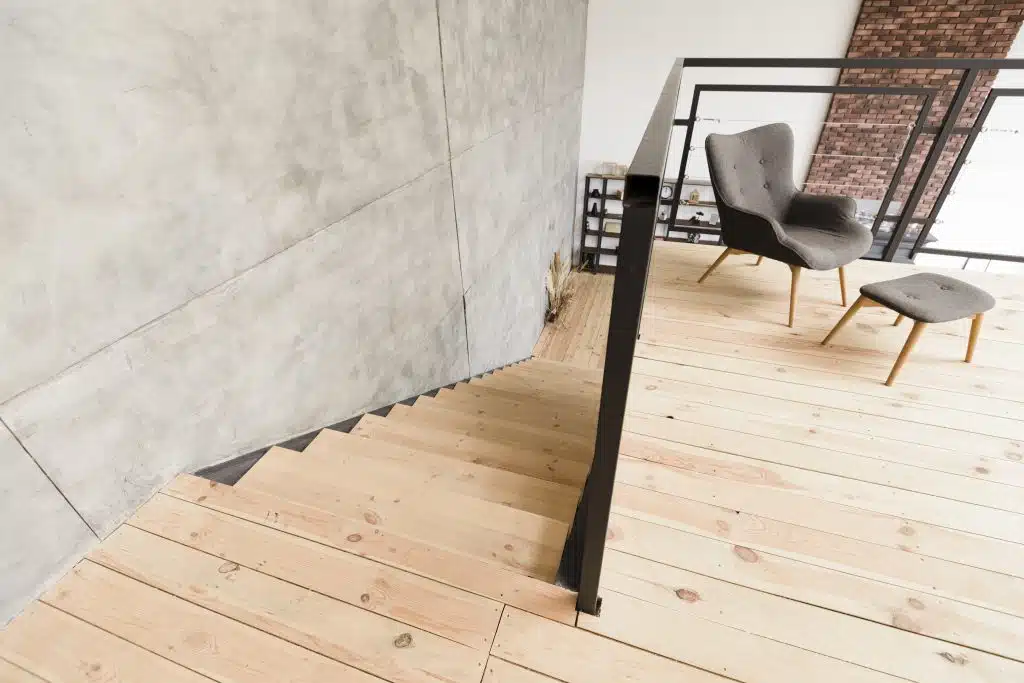
The right finish Protect Wooden Stairs against scratches, moisture, and wear.
| Finish Type | Pros | Cons |
|---|---|---|
| Polyurethane | Highly durable, moisture-resistant | Can be slippery if glossy |
| Oil-Based Stain | Enhances wood grain, natural look | Requires reapplication |
| Wax Finish | Soft, natural feel, easy to apply | Less protective, frequent upkeep |
| Water-Based Varnish | Eco-friendly, fast drying | May not last as long as oil-based |
Tip: For high-traffic stairs, matte or satin finishes work best to hide footprints and scratches.
Seasonal Wooden Stair Maintenance Checklist
🔹 Spring: Deep clean and check for any refinishing needs.
🔹 Summer: Control humidity levels and apply a fresh protective layer if needed.
🔹 Fall: Inspect for loose treads and tighten if necessary.
🔹 Winter: Protect stairs from snow and salt damage with mats.
When to Call a Professional for Stair Maintenance?
Sometimes, DIY solutions aren’t enough. Consider hiring a professional staircase contractor if:
🚨 Stairs squeak excessively or feel unstable
🚨 You notice deep cracks or warping
🚨 The finish is completely worn out and needs refinishing
Professional maintenance ensures long-term durability and safety for your staircase to Protect Wooden Stairs.
Conclusion
Keeping your wooden stairs clean, polished, and protected requires regular care and preventative measures. By following these cleaning techniques, protection methods, and repair tips, you can extend the life of your staircase and maintain its natural beauty.
If your stairs need repairs, refinishing, or replacement, consult a professional stair contractor to ensure the best results.
Protect Wooden Stairs is essential for their longevity and aesthetic appeal. If you’re considering upgrading or installing new stair railings, explore our custom wood stair railing services for expert craftsmanship and timeless designs.

